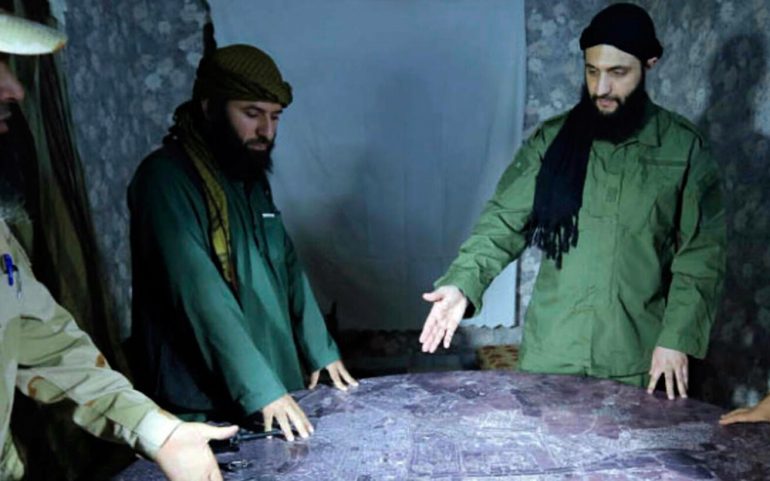If one looks at the daily news, one may get the impression that the once great threat of global terrorism, the Taliban and their formidable Al Qaeda, have passed into the "trifles" of the daily youth.
And yet, this is not the only situation. So recently, 8 years after the death of its undisputed leader Osama bin Laden in 2011, the US State Department said al Qaeda continued to be an asymmetric threat. As always, he hurried to subscribe.
At the same time, the Pentagon confirms that Osama's beloved son and successor at the helm of Muslim extremism, Hamza bin Laden, was killed in an air raid.

Recent reports from the Al Qaeda front indicate that the current leader, Ayman al-Zawahiri, suffers from serious health issues.
And yet, as world diplomacy tells us, 18 years after that black September 11, 2001, the terrorist organization has found a new headquarters and rediscovered its original mission.
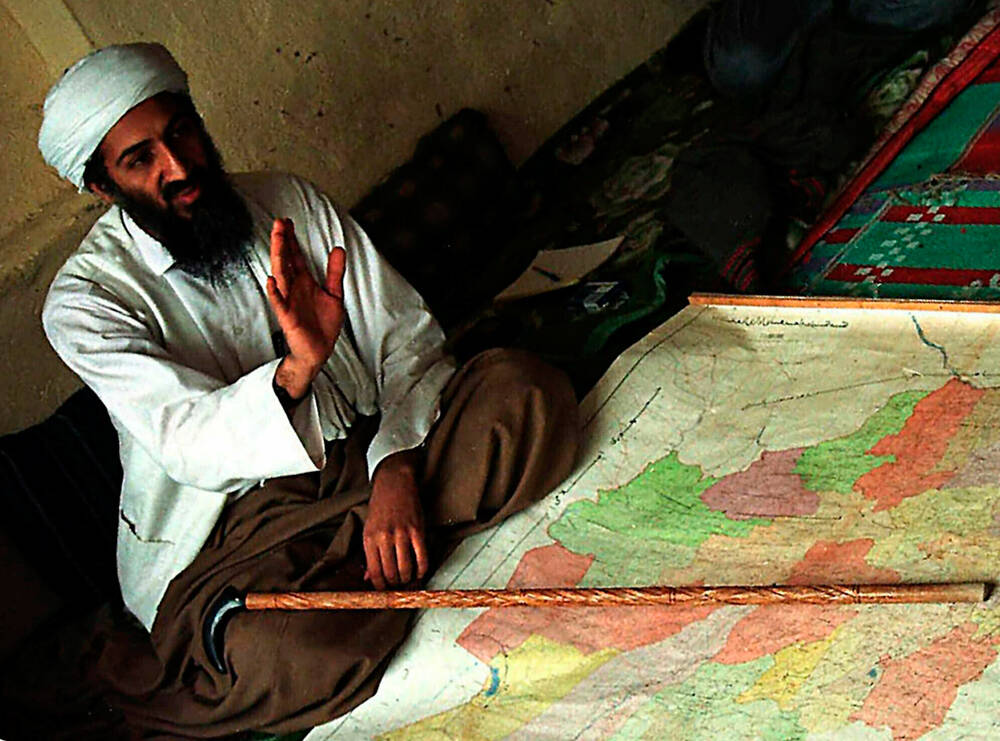
The jihadist organization today is dramatically different from the terrorist sect that spread death on American soil in 2001.
The extensive military operations against terrorism in Afghanistan and Pakistan as well as the political pressures have left behind a central leadership that is all old and cut off from the daily activities of the organization.
At the same time, his emergence Islamic Caliphate not only did it exponentially increase internal competition, but it also left Al Qaeda at times struggling for supremacy in global jihad.
Zawahri is not only in poor health, but also completely isolated, probably hiding somewhere in Pakistan. His successor, the "prince of terror" Hamza bin Laden, is dead.
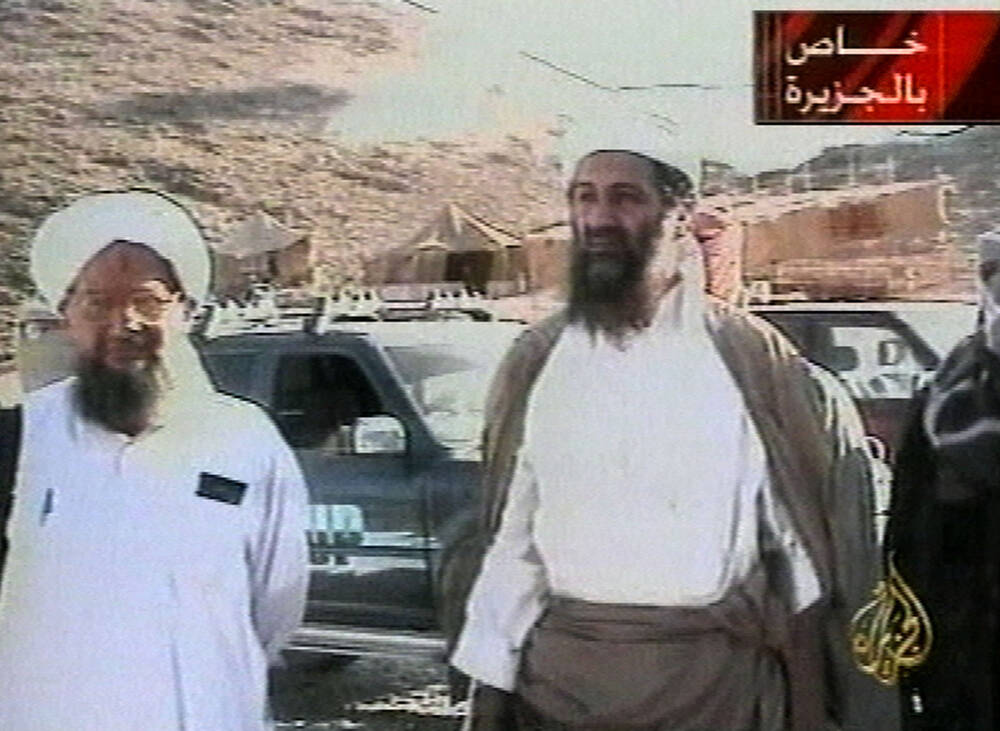
That is why Al Qaeda has undergone a drastic transformation in recent years, because its regional leaders have realized that the best chance they have of staying in the game is only through their strong presence in Syria. That is, very far from their first home.
Indeed, al-Qaeda was one of the few organizations to try to exploit the Syrian civil war, starting in September 2014 to transfer significant funds and assets from Afghanistan and Pakistan to Συρία.
This shift in both the center of gravity and the business arm of the organization has been such a colossal transformation that Western analysts are still struggling to decipher it.
Two decades after its most impressive terrorist mission, Al Qaeda has found a new home. And it is from the heart of Syria that it plans to attack the West again.
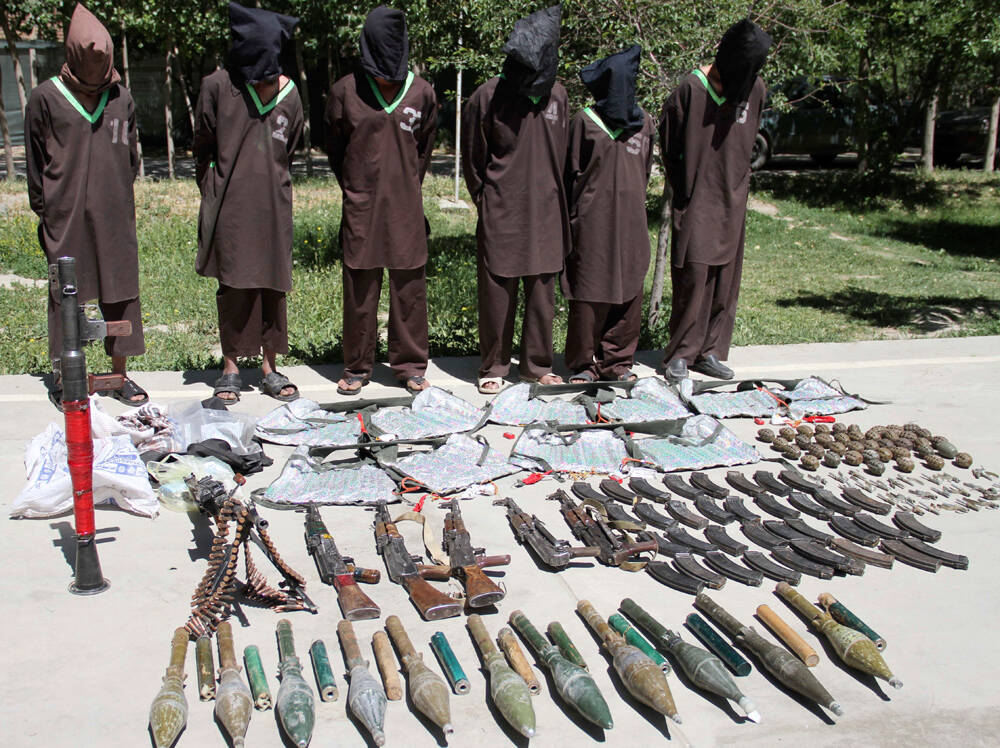
After bin Laden's death in 2011 and the uprisings that joined the conceptual umbrella of the Arab Spring, al Qaeda adopted a completely different strategy.
As terrorism academics tell us, the organization has limited its strategic goals, giving them a local reach. This weight shift at the regional level has been called by scholars "controlled pragmatism" and "strategic patience".
It has been known since 2016-2017 that Al Qaeda is secretly and gradually reorganizing, deliberately leaving the Islamic state to gather the month but also the fires of western companies.
A great example of this "pragmatic localism" was the way the organization operated in Syria to establish itself. There was already an extremist sect operating there, as we learned from the Al Nusra Front, which had some sporadic successes in Yemen and Mali, but its approach to Syria failed miserably.
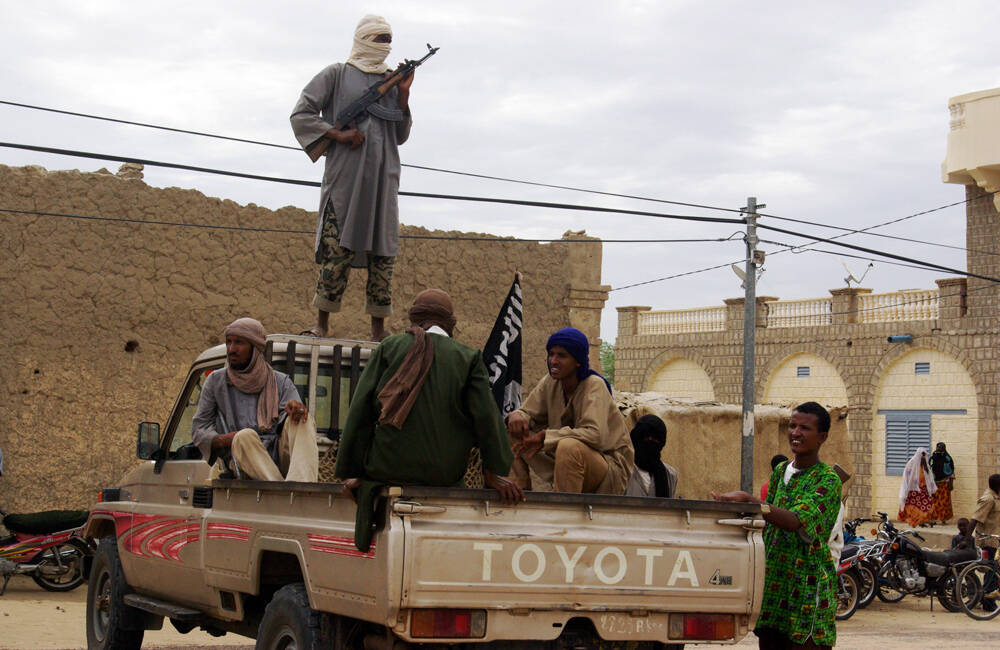
And what happened then? Al Qaeda wholeheartedly embraced her and sent her to the top of Muslim extremism! By directing huge sums of money to Syria, imposing its own ethics and building alliances both inside and outside the Islamic spectrum, it has managed to cap its less fanatical rivals and gain a foothold in local society.
It was the best example of Al Qaeda's new action, with its emblem Al Nusra he also had emphatic successes on the battlefield. In all of this, however, there was a collateral loss: the Syrian al-Qaeda wing was decisively removed from the central administration in South Asia.
The local character of the Syrian arm required quick action and immediate decisions, proving that it was impossible to coordinate its actions with the outpouring of the distant Zawahri.
And then the matte move was made: the new Al Qaeda moved away from the old Al Qaeda. In other words, it became clear that any connection with the paranoid past of the terrorist organization only brought suspicion and distrust to a new group that was trying to gain popular support in a new territory.
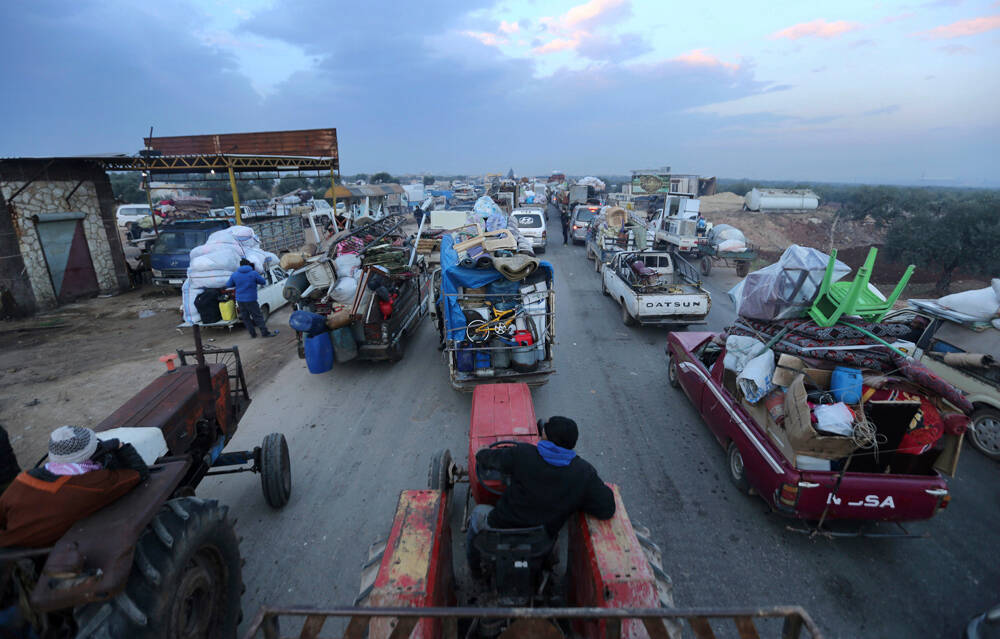
We now know that between July 2016 and January 2017, Al Qaeda underwent two radical changes. It twice al-Nusra changed its name (to Jabhat Fateh al-Sham and Hayat Tahrir al-Sham eventually), launching military attacks even against Islamist groups that were considered threats to its credibility.
When Hayat Tahrir al-Sham (HTS) introduced itself to the world, nothing connected it to Al Qaeda. Countless devotees of the latter left its ranks, protesting against all these innovations, and founded new organizations (such as Tanzim Huras al-Din), with more or less terrorist success.
And certainly now cut off from both the central leadership and the al Qaeda affiliates.
Syria thus remained at the sole discretion of the reborn Al Qaeda, which was no longer associated with Al Qaeda. The most prominent executives of which also joined other organizations in Syria and Iraq...
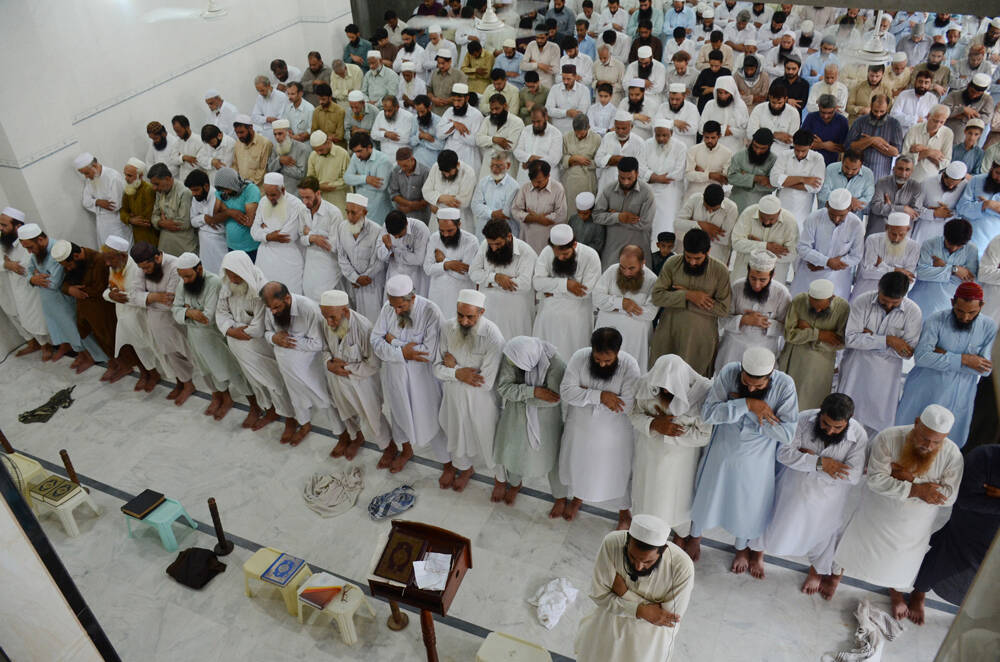
As al Qaeda jihadists continue to change the face of the organization, a question arises more relentlessly than ever: are they still targeting the West? And is the absence of impressive terrorist attacks in this phase of reorganization an indication that the organization no longer has the means for major action? Or has it changed its priorities?
In an interview on the Al Jazeera network in May 2015, the then leader of Al Nusra, Abu Mohammed al Golani, had explained that Zawahiri had forbidden him to use Syria as a stronghold for attacks in the West.
The revelation apparently came in response to the then US military action against an organization left to us known as Khorasan Group, a small pocket of loyal al Qaeda fighters operating in northern Syria with stated intentions to attack the West.
We now know beyond a shadow of a doubt that al Qaeda has partly sucked into allowing the West to uproot its main rival within Islamic terrorism, the Islamic State.
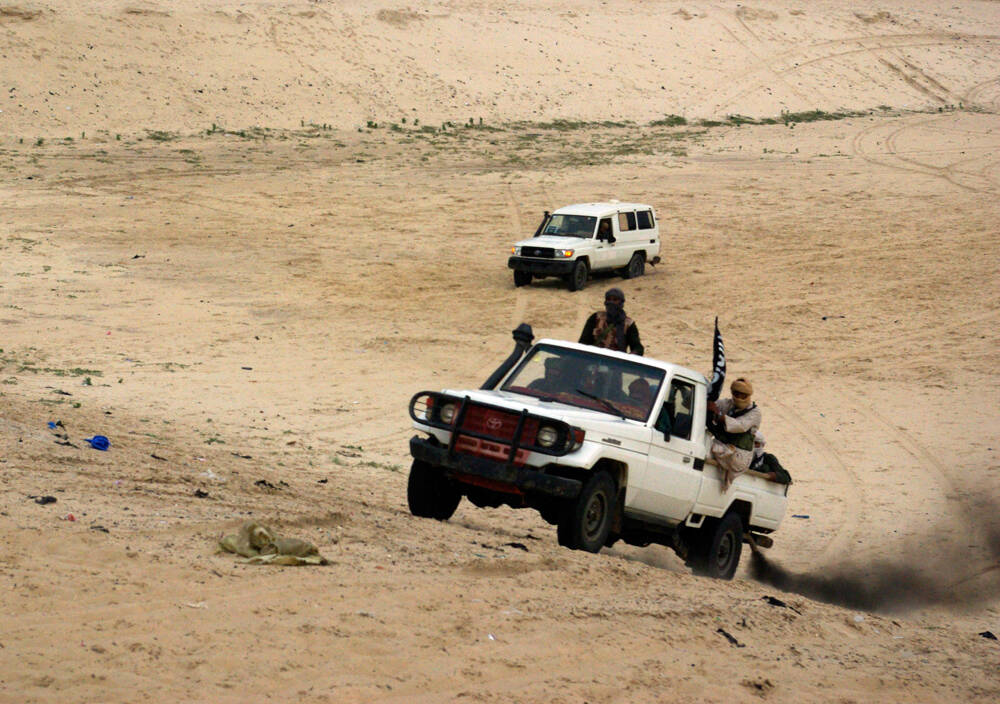
But in order not to lose touch with its primary goal, the complete destruction of the West, Zawahri came out once in a while (like in May 2017 and March 2018) to remind us that Al Qaeda is always here. And no westerner should feel safe.
Recent United Nations assessment (July 2019) on Al Qaeda bases in Syria concluded that "HTS [Hayat Tahrir al-Sham] and HAD [Tanzim Huras al-Din] share history and ideology, but differ in politics. HTS focuses its agenda on Syria, with no interest in conducting operations abroad. HAD, on the other hand, is said to have a more international perspective. "Al Qaeda leader Ayman al-Zawahiri is the supervisory authority for HAD, but not HTS."
The distinction between these two organizations is indeed in line with the type of action Zawahiri wanted for his al Qaeda in Syria as early as January 2018, when he first acknowledged that Hayat Tahrir al-Sham (HTS) was something completely different from "Levante's Al Qaeda".
And with HTS attracting all the military attention today Ρωσίας and Syria, Tanzim Huras al-Din is truly free to work for al Qaeda's agenda. Sometimes it assists HTS in the line of fire, but mainly it operates independently even further north, in Latakia, Syria.
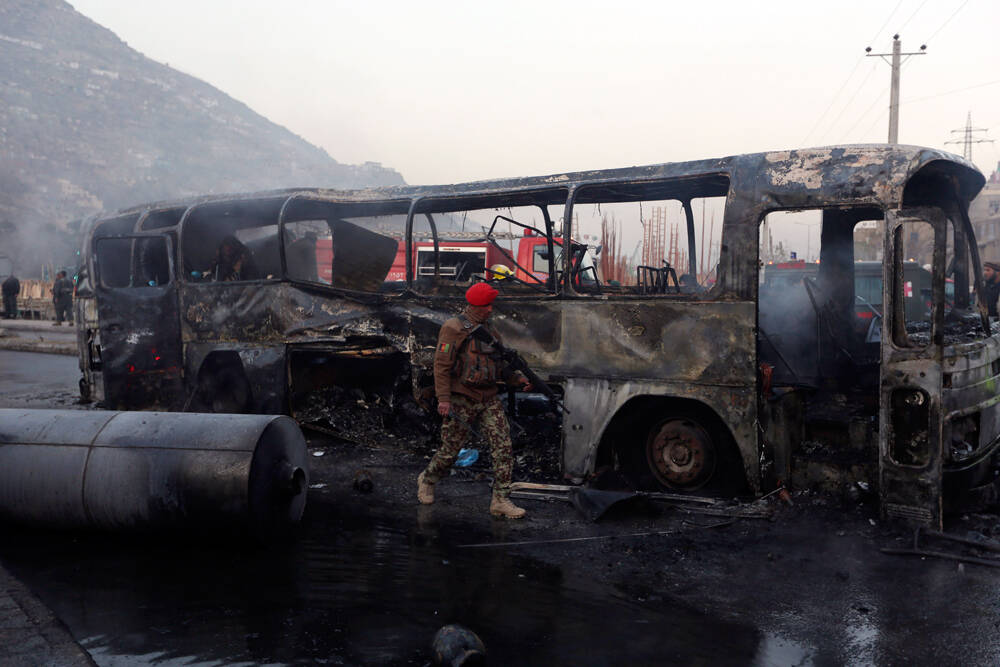
According to four independent reports, it became known that HAD is now openly flirting with the idea of hitting the West from Syria. This is at least what the sources have told us that is being discussed at leaders' meetings in recent months.
With the Islamic State weakened and the Russians have eliminated them USA from the airspace of northern Syria, maybe it's time to hear about Al Qaeda the way we used to.
We will not hear her as Al Qaeda, but as Tanzim Huras al-Din, an organization that with new foundations and new leadership is once again claiming its place on the world extremist scene.
It is extremely interesting here that after almost two years of inactivity, the US last year hit two al-Qaeda targets in northwestern Syria with two air strikes. June 30 in Aleppo and August 31 in Idlib, specifically.
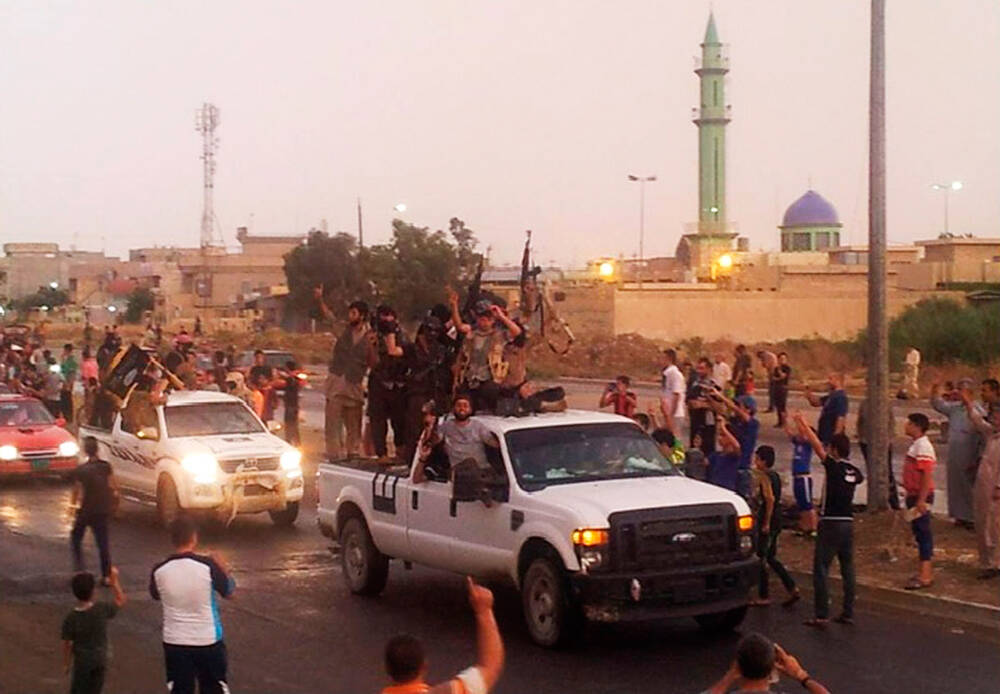
Despite the American blockade imposed by the Russians, which shows the fury of the Americans to hit the two targets.
But the Americans are well out of Syria now, and the Russians are mainly interested in strikes that leave al Qaeda unharmed. As some observe, the recipe for disaster is already here.
And while this whole framework remains chaotic to draw safe conclusions, this same chaotic business environment offers countless opportunities for a small group of experienced and fanatical al-Qaeda-linked paramilitaries to reconsider their actions in West...
